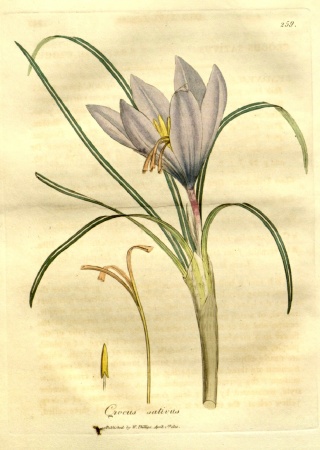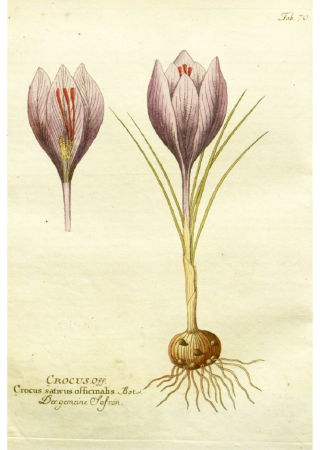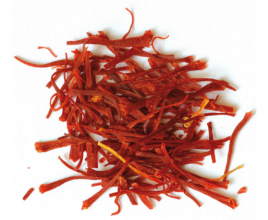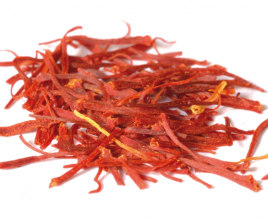Saffron
- …it requires one quarter million crocus flowers and from each flower only three stigmas to get 450 grams of saffron?
- …the name saffron comes from Arabic "za fran", meaning "be yellow"?
- ...The Greeks call saffron "krokos" and from that the Romans began calling it "crocus"?
- …saffron water was sprayed in arenas, theaters and spas, and fresh saffron was essential during banquets of wealthy Roman nobility?
- …saffron bread is an essential ingredient in Swedish Christmas celebrations?
- …the popular liqueur Chartreuse has saffron as its main ingredient?
- …saffron is still today the most expensive spice in the world?
- …during the Middle Ages, passing impure saffron (cut with safflower, thistle seed, turmeric) was punished by burning at the stake?
- …saffron as a spice is the dried stigmas, whole or ground, of the plant Crocus sativus?
Fish fillet with saffron sauce
1 kg fish fillet
250 ml fish broth
2.5 dl dry white wine
125 ml whipping cream
4 tablespoons butter
½ teaspoon saffron
pepper, salt
Cut fillets into slices about 5 cm thick and add spices to taste. Place in small pan and add broth. Cook on medium heat for 7-10 minutes. Remove fillets when tender and keep warm. Pour cream into pot and slowly mix in unmelted butter, but do not cook. Finally mix in saffron and return fish to pan. Heat before serving.
Saffron dates back to the 10th century BC, during the reign of King Solomon. Tradition states that when ancient Phoenicians desired luck and love, the baked cakes to honor their goddess of love, strongly flavored with saffron. Phoenician merchants were the greatest dispersers of saffron. The Roman Marcus Aurelius supposedly bathed in saffron water, which colored the skin and simultaneously enhanced male virility. In an ancient Egyptian papyrus from the 2nd century BC, saffron is described as the king of plants. Babylonian rulers and Persian kings, sons of the gods, wore saffron-yellow boots. Hercules as a child was swaddled in saffron cloth. Homer writes that many ladies in antiquity, leaders in fashion of the time, wore saffron-yellow clothing and Zeus himself, when descending from Mount Olympus to be among mortals, smelled of saffron. The oldest saffron cultivars, still in use today, are found in Spain and southern France. It was brought there by exhausted warriors from the Crusades of 11th century.




